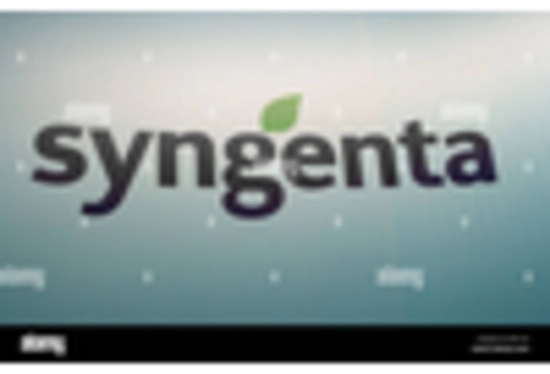Increasing Regulatory Support
The Biopesticides Market benefits from a growing trend of regulatory support aimed at promoting sustainable agricultural practices. Governments are increasingly recognizing the environmental and health benefits of biopesticides, leading to favorable policies and incentives for their use. For instance, regulatory bodies are streamlining the approval processes for biopesticide products, which encourages manufacturers to invest in research and development. This regulatory environment not only enhances market accessibility but also fosters innovation within the industry. As a result, the biopesticides market is projected to witness substantial growth, with estimates suggesting a compound annual growth rate of over 15% in the coming years. Such supportive measures are likely to bolster the adoption of biopesticides, making them a preferred choice among farmers seeking effective pest management solutions.
Rising Incidence of Pest Resistance
The escalating problem of pest resistance to conventional pesticides is a critical driver for the Biopesticides Market. As pests evolve and develop resistance, the efficacy of traditional chemical pesticides diminishes, leading to increased crop losses and reduced agricultural productivity. This scenario compels farmers to seek alternative pest management solutions, with biopesticides emerging as a promising option. The market is witnessing a surge in demand for biopesticides, as they offer a lower risk of resistance development due to their natural origins and modes of action. Industry analysts suggest that the biopesticides market could experience a growth rate of approximately 12% annually, driven by the urgent need for effective pest control strategies that mitigate resistance issues.
Integration with Precision Agriculture
The integration of biopesticides with precision agriculture practices is emerging as a significant driver for the Biopesticides Market. Precision agriculture utilizes technology to optimize field-level management regarding crop farming. By combining biopesticides with data-driven approaches, farmers can apply these products more efficiently, targeting specific pest populations while minimizing environmental impact. This synergy not only enhances the effectiveness of pest control measures but also aligns with sustainable farming practices. Market trends indicate that the adoption of precision agriculture is on the rise, with projections estimating that the market for precision agriculture technologies will exceed 10 billion dollars by 2026. This integration is likely to create new opportunities for biopesticide manufacturers, as farmers increasingly seek integrated solutions that enhance productivity and sustainability.
Advancements in Biopesticide Formulation
Innovations in biopesticide formulation are playing a pivotal role in shaping the Biopesticides Market. Recent advancements in technology have led to the development of more effective and user-friendly biopesticide products. These innovations include improved delivery systems, enhanced shelf life, and formulations that increase the efficacy of active ingredients. As a result, farmers are more inclined to adopt biopesticides, as these products demonstrate comparable or superior performance to traditional pesticides. Market Research Future indicates that the biopesticides segment is expected to capture a larger share of the overall pesticide market, with estimates suggesting a potential increase in market share by 20% over the next five years. Such advancements are likely to further solidify the position of biopesticides in modern agriculture.
Consumer Preference for Sustainable Products
There is a notable shift in consumer preferences towards sustainable agricultural products, which significantly influences the Biopesticides Market. As awareness of environmental issues grows, consumers are increasingly demanding food products that are free from synthetic chemicals. This trend is prompting farmers to adopt biopesticides as a viable alternative to conventional pesticides. Market data indicates that the organic food sector, which often utilizes biopesticides, is expanding rapidly, with projections estimating a market size of over 300 billion dollars by 2025. This consumer-driven demand for sustainability is likely to propel the biopesticides market forward, as producers seek to align their practices with the values of environmentally conscious consumers.


















Leave a Comment